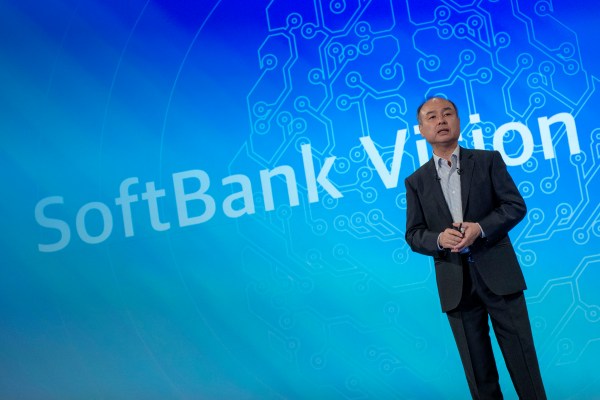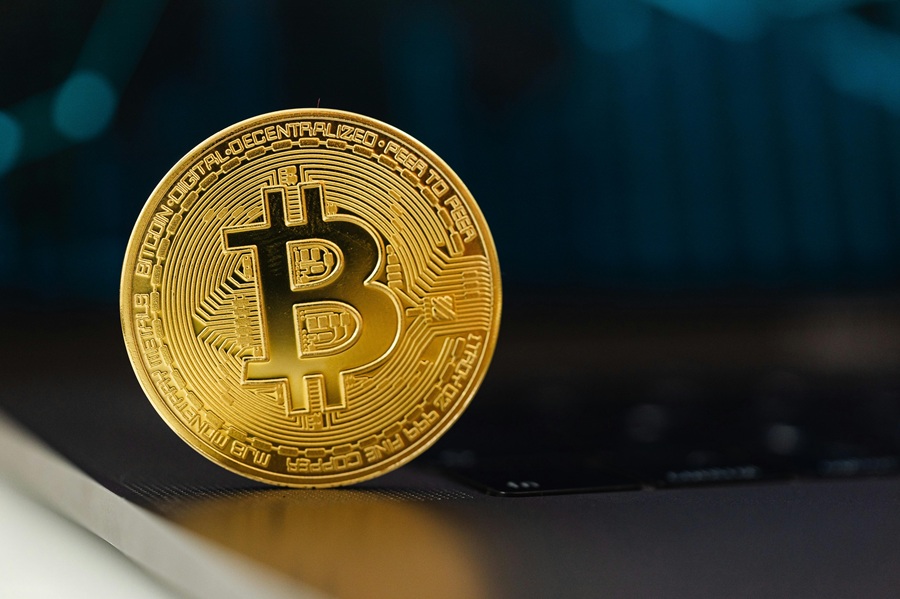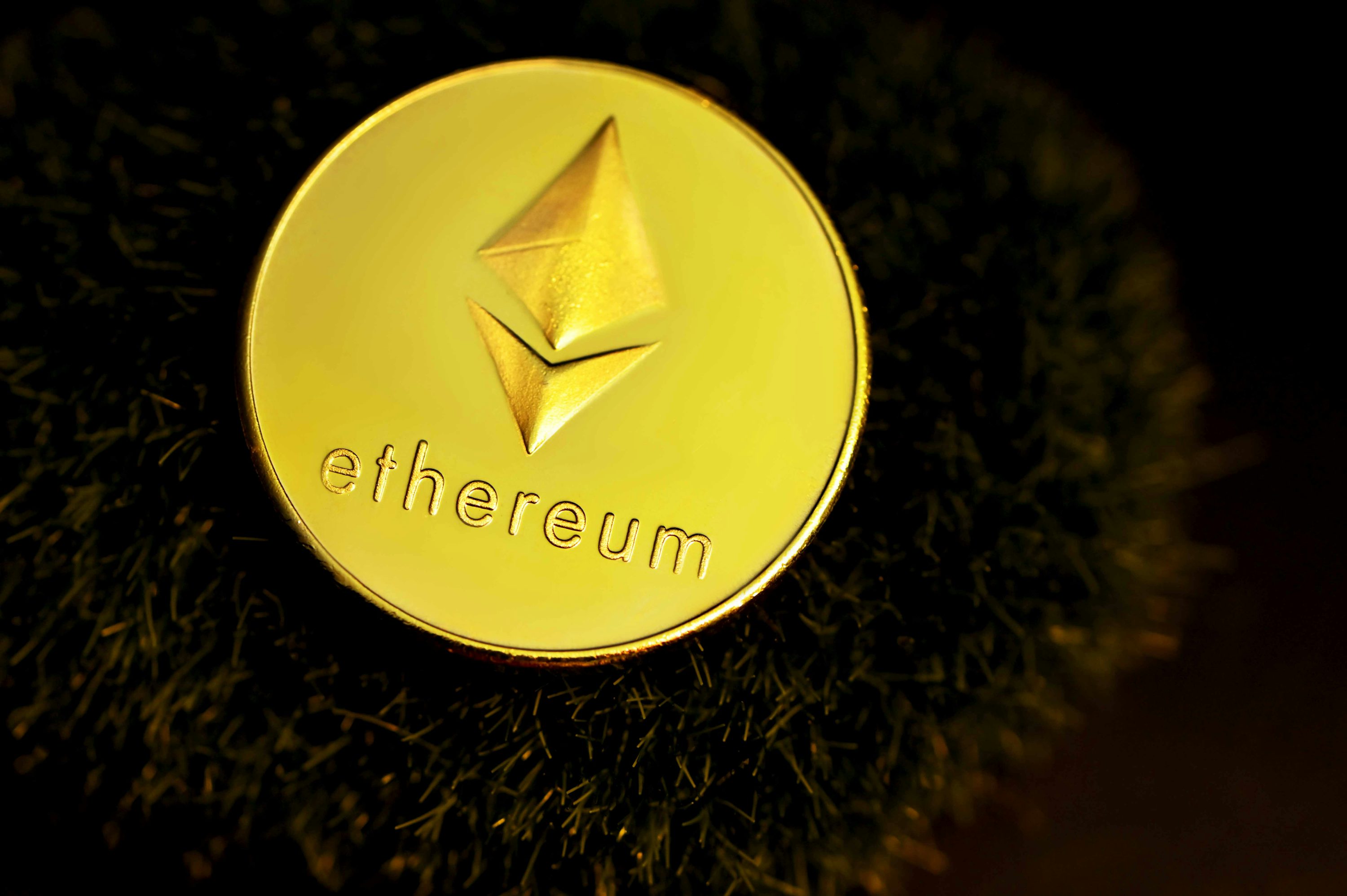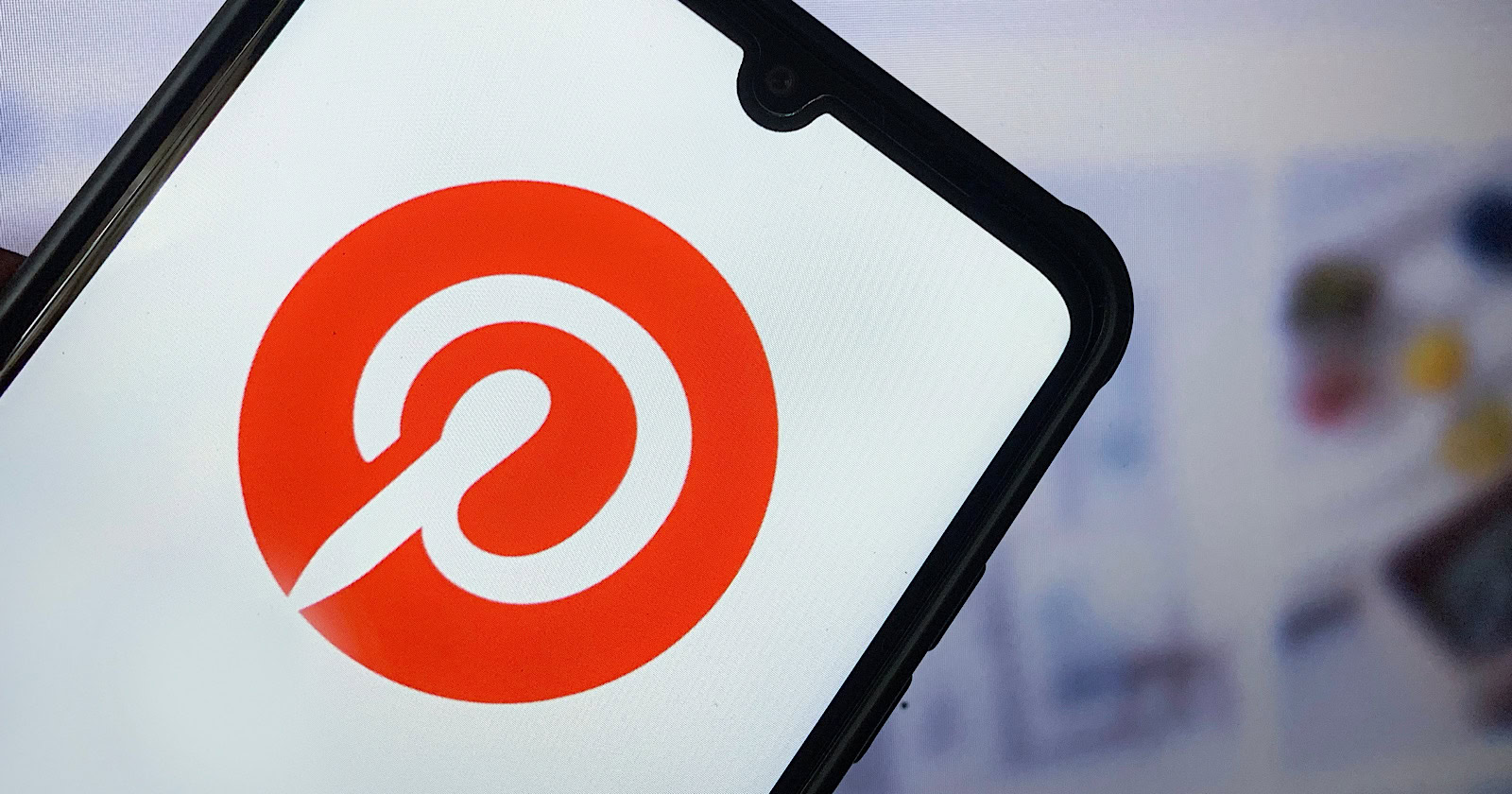SoftBank files for a double scoop of SPAC
The SPAC mania continues unabated, with new SPACs being filed with the SEC on an almost hourly basis at times. SoftBank, the Japanese telecom conglomerate which has also been running the gigantic Vision Fund and its successor, doesn’t want...


The SPAC mania continues unabated, with new SPACs being filed with the SEC on an almost hourly basis at times.
SoftBank, the Japanese telecom conglomerate which has also been running the gigantic Vision Fund and its successor, doesn’t want to be left out. Yesterday, it filed back-to-back SPAC registration statements for two new blank-check companies.
SVF Investment Corp 2 is $200 million and SVF Investment Corp 3 is a $350 million vehicle. Both SPACs have a standard roughly 15% over-allotment option, which means that their final sizes will likely end up at $230 million and $400 million respectively assuming that the underwriters take their option (number three has a slightly smaller over-allotment if you’re checking my math).
One interesting component of both SPACs is that they have what is known as a forward purchasing agreement connected to SoftBank’s Vision Fund 2. That agreement allows the second Vision Fund to purchase shares into these SPACs when they begin their business combinations with their target startups, essentially giving it the right to buy into the mergers. The Vision Fund has a $100 million agreement with SVF 2, and a $150 million agreement with SVF 3.
As with all SPACs, a registration statement is merely a filing of an intention to raise money, although these days, the vast majority of filings are later consummated.
As the numbering indicates, SoftBank had an earlier SPAC that it filed in December and officially closed on January 7 of this year. That vehicle targeted a total fundraise of $604 million including the underwriters’ over-allotment option. It also included a $250 million forward purchase agreement with the second Vision Fund similar to these latest two vehicles.
What are these SPACs looking for? Well, according to the filings, “We intend to identify, acquire and manage a business in a technology-enabled sector where our management team have differentiated experience and insights. Relevant sectors may include, but are not limited to, mobile communications technology, artificial intelligence, robotics, cloud technologies, software broadly, computational biology and other data-driven business models, semiconductors and other hardware, transportation technologies, consumer internet and financial technology.”
That seems to cover a lot, but just in case, the filings note that “However, we may consummate a transaction with a business in a different or related industry.” So basically anything.
There is no timeline yet for when the SPACs could potentially close, but typical timing is 4-8 weeks given market averages.

 Lynk
Lynk 






























